Optimal Timing for Bee Hive Removals
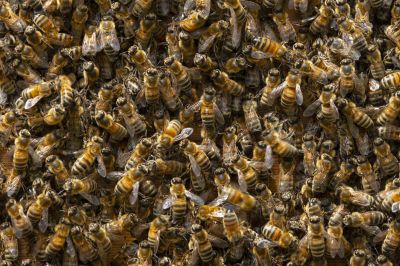
Spring is a common time for hive activity, making it ideal for removals before colonies grow large.
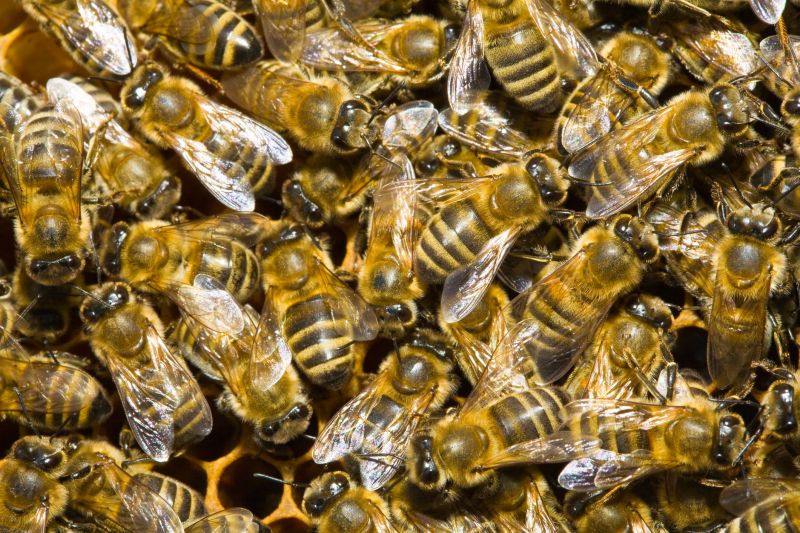
Summer sees increased bee activity and swarming behavior, which can complicate removals if not timed properly.

Fall can be suitable for hive removal, especially when colonies are preparing for winter dormancy.
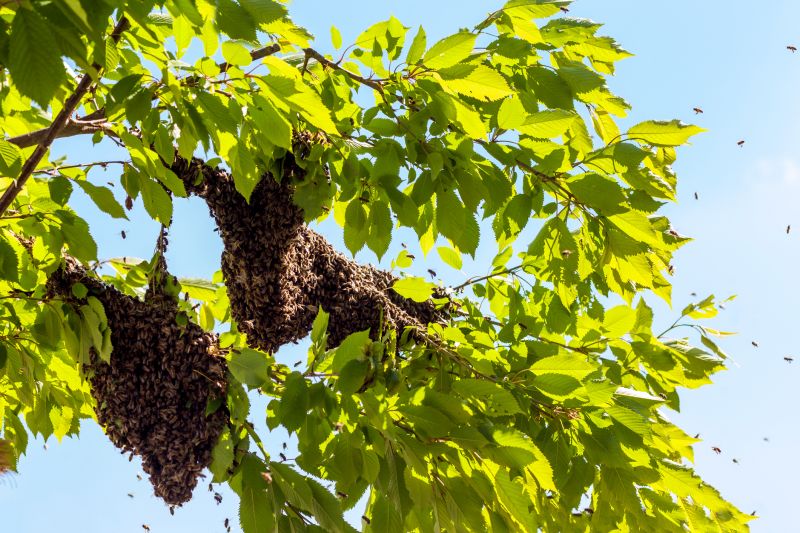
Ways to make Bee Hive Removals work in tight or awkward layouts.
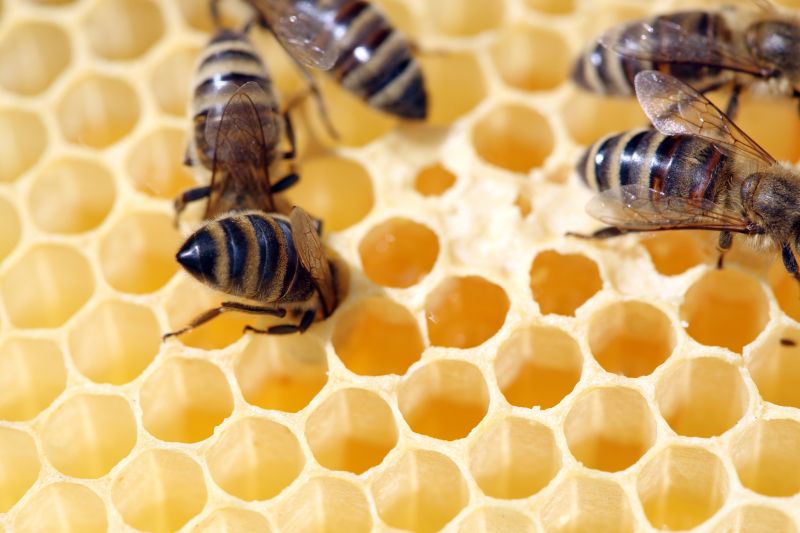
Popular materials for Bee Hive Removals and why they hold up over time.

Simple add-ons that improve Bee Hive Removals without blowing the budget.
Bee hive removals are most effective during periods of active colony growth or just before dormant phases. Timing influences the safety of removal procedures and the well-being of the colony. Typically, late spring through early fall is considered optimal, though specific conditions may vary based on local climate and bee behavior.
Understanding bee activity cycles can help determine the best time for removal. During peak activity, colonies are larger and more visible, making it easier to locate and safely extract hives. Conversely, during colder months, bees are less active, which can reduce risks but may also make detection more difficult.
Spring allows for early removal before colonies expand, reducing risks of damage and colony disturbance.
Summer offers high bee activity, necessitating experienced handling to ensure safety.
Fall removals target colonies preparing for winter, often reducing the colony size and activity.
Winter removals are less common due to reduced bee activity but may be necessary in certain cases.
| Season | Optimal Timing |
|---|---|
| Spring | Ideal for early removal before colonies expand significantly. |
| Summer | Suitable during peak activity, requiring experienced handling. |
| Fall | Good for colonies preparing for winter, reducing hive size. |
| Winter | Less common, but possible if necessary, with reduced bee activity. |
| Climate | Local weather influences hive visibility and bee behavior. |
| Colony Size | Larger colonies in warm months may need more careful removal. |
| Weather Conditions | Avoid removal during rain or extreme heat for safety. |
| Bee Activity | Monitoring activity levels guides optimal timing. |
Bee hive removals require careful timing to ensure safety and effectiveness. Properly scheduled removals minimize disruption to the colony and reduce the risk of bee stings or hive damage. Consulting local bee activity patterns and weather conditions can assist in selecting the most appropriate time for removal activities.

Active colonies in spring are ideal for removal before they expand further.
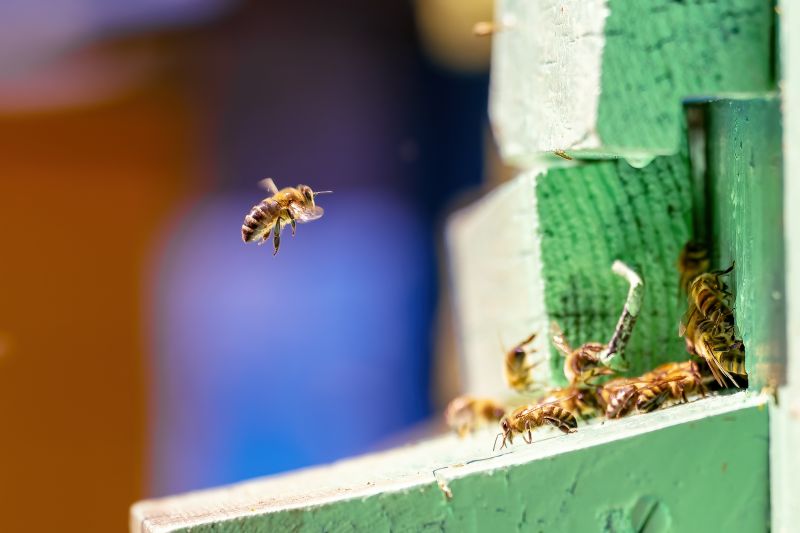
Summer swarms indicate high activity, requiring careful handling.
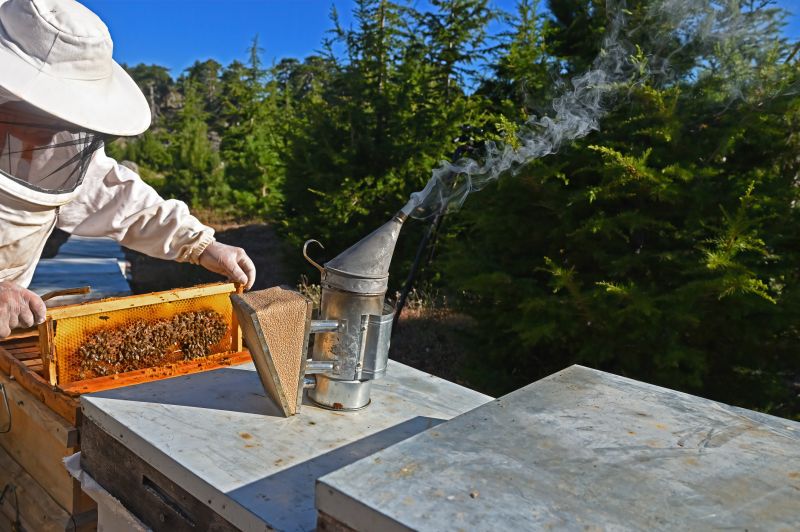
Colonies shrink and prepare for dormancy in fall, making it a strategic removal time.
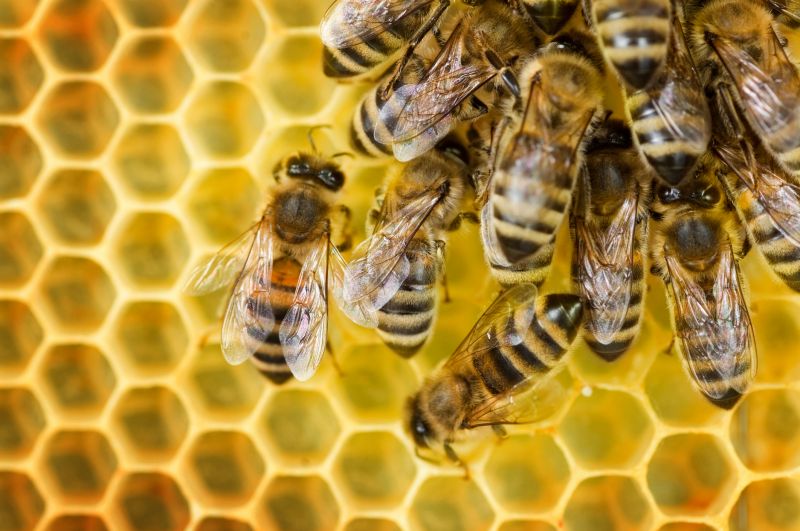
Hive activity diminishes, but removal may be necessary in some cases.
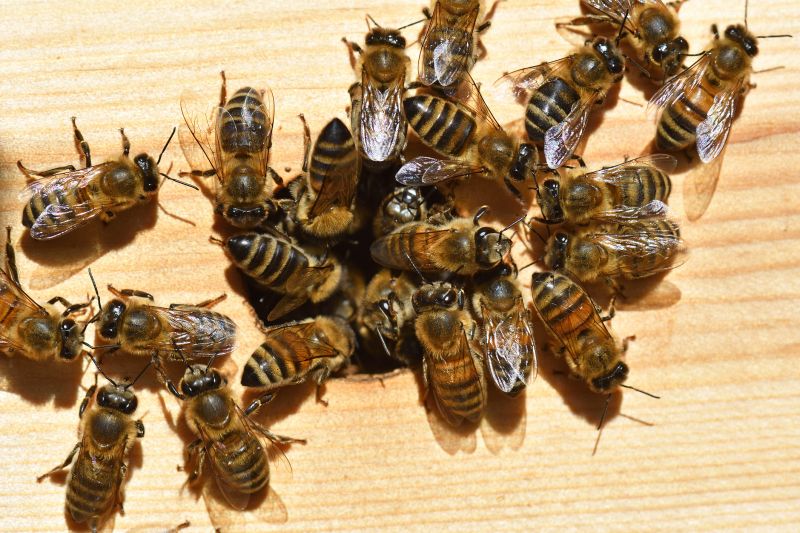
High-end options that actually feel worth it for Bee Hive Removals.

Finishes and colors that play nicely with Bee Hive Removals.
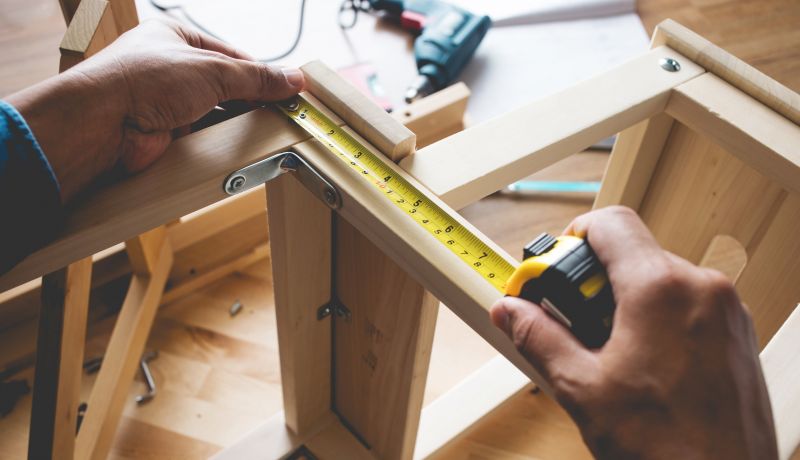
Little measurements that prevent headaches on Bee Hive Removals day.
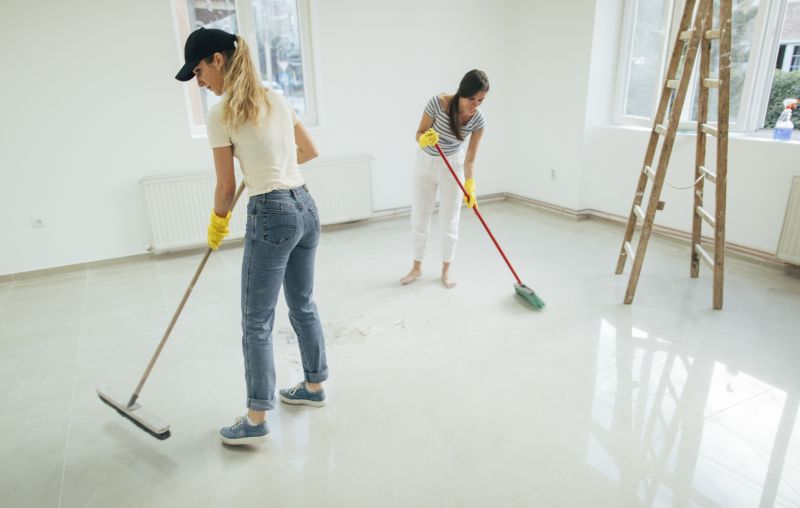
A 60-second routine that keeps Bee Hive Removals looking new.
Timely bee hive removal is crucial for safety and colony health. Proper planning based on seasonal activity ensures effective extraction and reduces the likelihood of hive regrowth or bee conflicts. Local environmental factors should always be considered when scheduling removal procedures.
Individuals interested in bee hive removals are encouraged to contact for further assistance. Proper timing and expert handling are essential for safe and effective removal processes.



